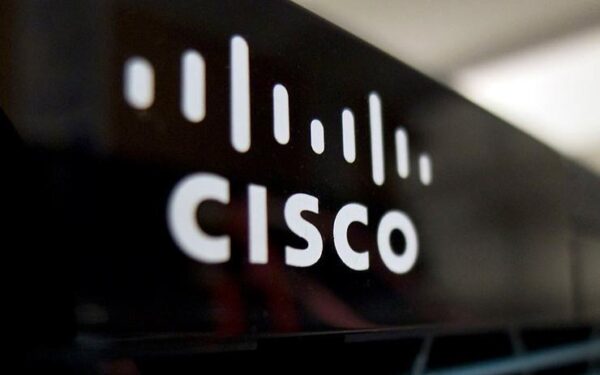
The Quality of Service (QOS) Processing Flow Is What Cisco CCIE Network Experts Must Understand.
After briefly understanding the basic content of QOS, we need to know the basic processing flow of QOS which includes classifying, policy, identification, queue and scheduling.
The first step of QOS is to classify the data. Data with the same transmission quality are grouped together. Data is classified according to the default rules, and the service model and integrated service model are unified. During data transmission, the same service model is used on the intermediate nodes. There is no need for signaling interaction between nodes. Nodes process data separately. The strategy is independent of upstream and downstream, and depends only on the local.
Classifying is to classify these messages into corresponding data streams represented by CoS value according to the trust policy or according to the content of each message. Therefore, the core task of the classification is to determine the CoS value of the input message. Classification occurs when a port receives input messages. When a port is associated with a Policy-map representing QoS policies, the classification takes effect on the port and acts on all messages input from the port.
(1) Protocol
The delay can be reduced by identifying and prioritizing packets according to the protocol. Applications can be identified by their EtherType.
(2) TCP and UDP Port Numbers
Many applications use some TCP or UDP ports for communication, for example, HTTP uses TCP port 80. By checking the port number of the IP packet, the intelligent network can determine which application generated the packet. This method is also called Layer 4 switching, because TCP and UDP are both located in Layer 4 of the OSI model.
(3) Source IP Address
Many applications are identified by their source IP addresses. Because the server is sometimes configured specifically for a single application, such as an e-mail server, analyzing the source IP address of a packet can identify which application generated the packet.
(4) Physical Port Number
Similar to the source IP address, the physical port number indicates which server is sending data. This method depends on the mapping relationship between the physical port of the switch and the application server.



